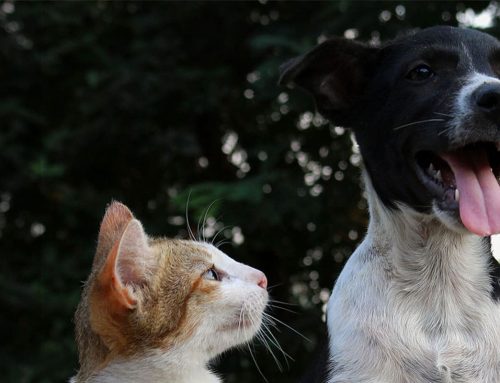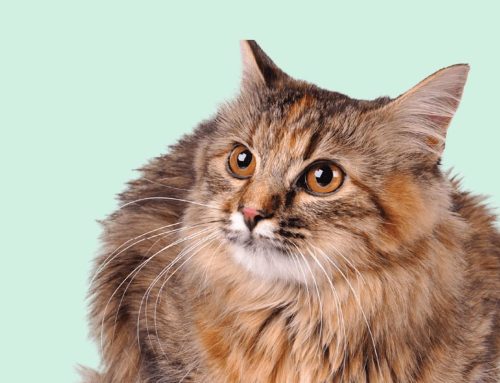Common symptoms of eye diseases:
- Red inner eyelids
- Matter stuck on the surface or at the corner of eye
- Cloudiness inside eyeball
- Dry and dull eye surface
- The ‘third eyelid’ coming across the eye
- Unusual discharge from the eyes
- Tear stained fur around the eyes.
Tests to Diagnose Different types of Eye Problems
- Fluorescein Stain, to check for the presence of ulcers in cornea
- Schirmer Tear Test to determine the level of tear production
- Ocular pressure to detect glaucoma
- Ophthalmoscope to see in the eye chamber
Common Eye Conditions & Symptoms
Conjunctivitis: Refers to the inflammation of the membrane that covers the inner lining of the eyelid as well as the white part of the eye. It can be the result of allergy caused by any of the bacterial, viral or fungal infections. In cats, chronic conjunctivitis can be due to the infections caused by herpes virus that is recurrent in most cases. Keep the infected cat away from others because it is contagious and can be transferred easily.
Corneal Ulcers: It occurs on the exterior part of cornea due to scratching or any injury. It can be due to a fight between cats and is more serious if the cause is any viral or bacterial infection.
Watery Eyes: If your cat’s eyes constantly “weep”, or if the fur around them appears “stained”, he or she may suffer from this inherited defect, in which a malformation of the tear ducts blocks the normal flow of tears.
Cataracts & Glaucoma: Like humans, cats also suffer from these eye diseases. Cataracts are more common in older cats and is indicated when the inside of the lens becomes cloudy. Consult a veterinarian as surgery is the only treatment for this problem. Glaucoma stems from too much pressure being exerted upon the eye’s interior as a result of a decrease in the amount of fluid draining from it.
Administration of Eye Drops:
- Soak a cotton ball in warm water and clean the outside of the eye from any discharge.
- Place your cat comfortably on a table at a height that is comfortable to you (you may want someone to help restrain your cat if you choose this option) or hold him to one side on your lap.
- Read the instructions carefully mentioned on the bottle and shake well if required.
- Use your thumb and index finger of one hand to hold the bottle, and the other hand to support the cat’s head.
- Slightly tilt the cat’s head backwards, use your free fingers to hold the eyelids open.
- Hold the bottle of drops close to the eye but DON’T touch the eye’s surface.
- Squeeze the drops onto the eye and once the drops are in, release the head.
- Your cat will blink, spreading the medication over the eye’s surface.
Application of Eye Ointment:
- Moisten a cotton ball in warm water and clean the outside of the eye from any discharge.
- Place your cat comfortably on a table at a height that is comfortable to you (you may want someone to help restrain your cat if you choose this option) or hold him to one side on your lap.
- Read the dosage instructions mentioned on the tube.
- Softly pull away both the upper and lower eyelids to open the eye.
- Hold the tube parallel to the lower eyelid and squeeze out the ointment to the edge of the eyelid.
- Massage upper and lower eyelids together to spread the medication.
- Release the head and let your cat blink.
Important: Always administer the entire dose of medicine so it can be effective. To administer efficiently, you have to stay calm as your pet can sense if you are nervous making it more difficult to apply the treatment. Don’t forget to praise and reward your pet.




